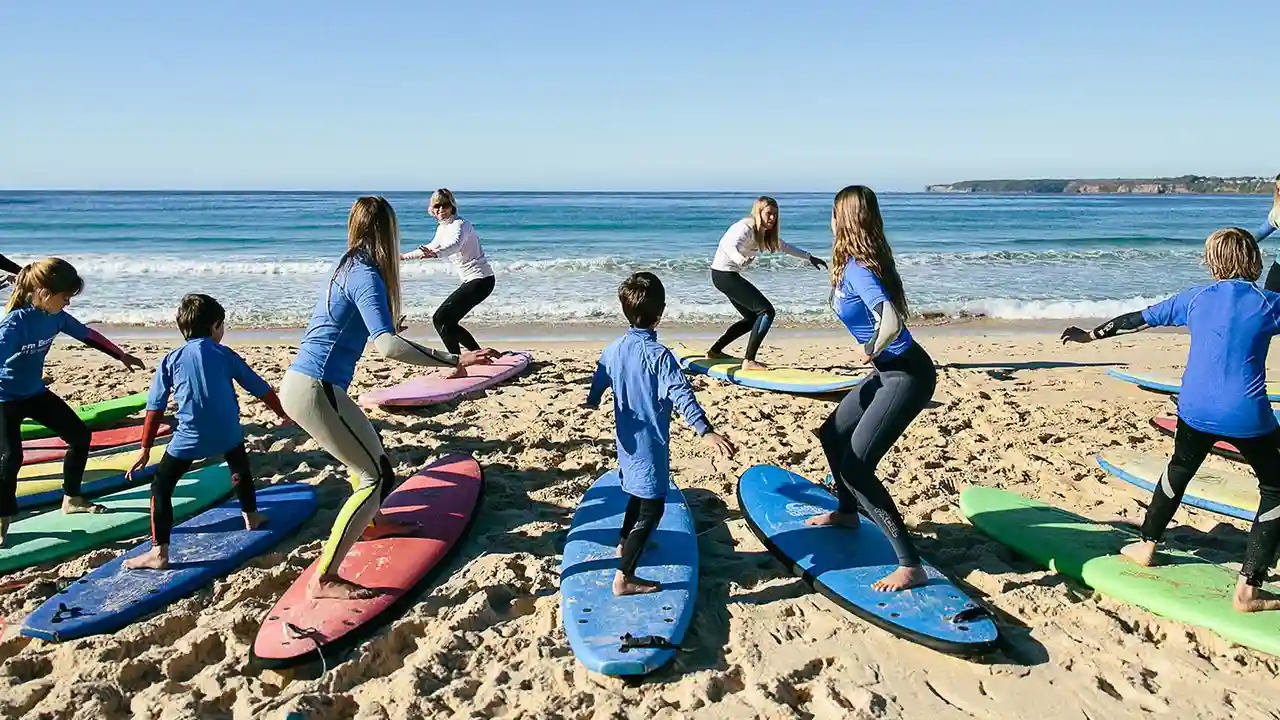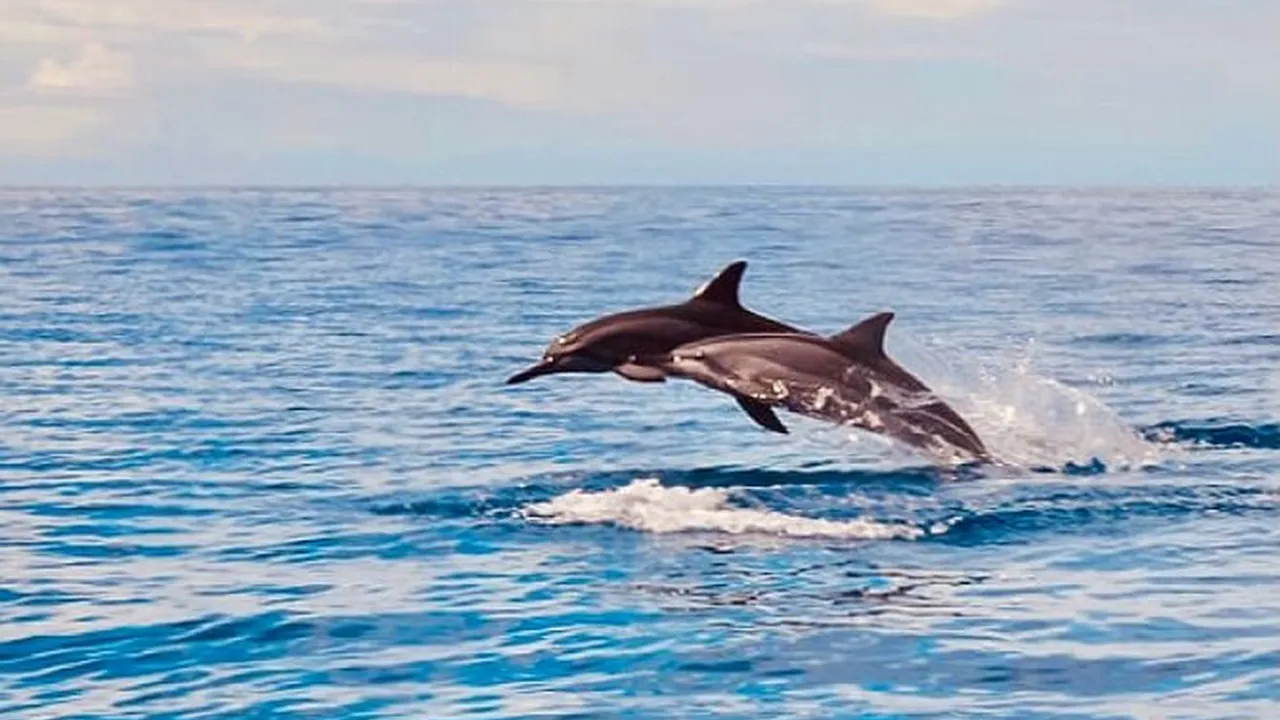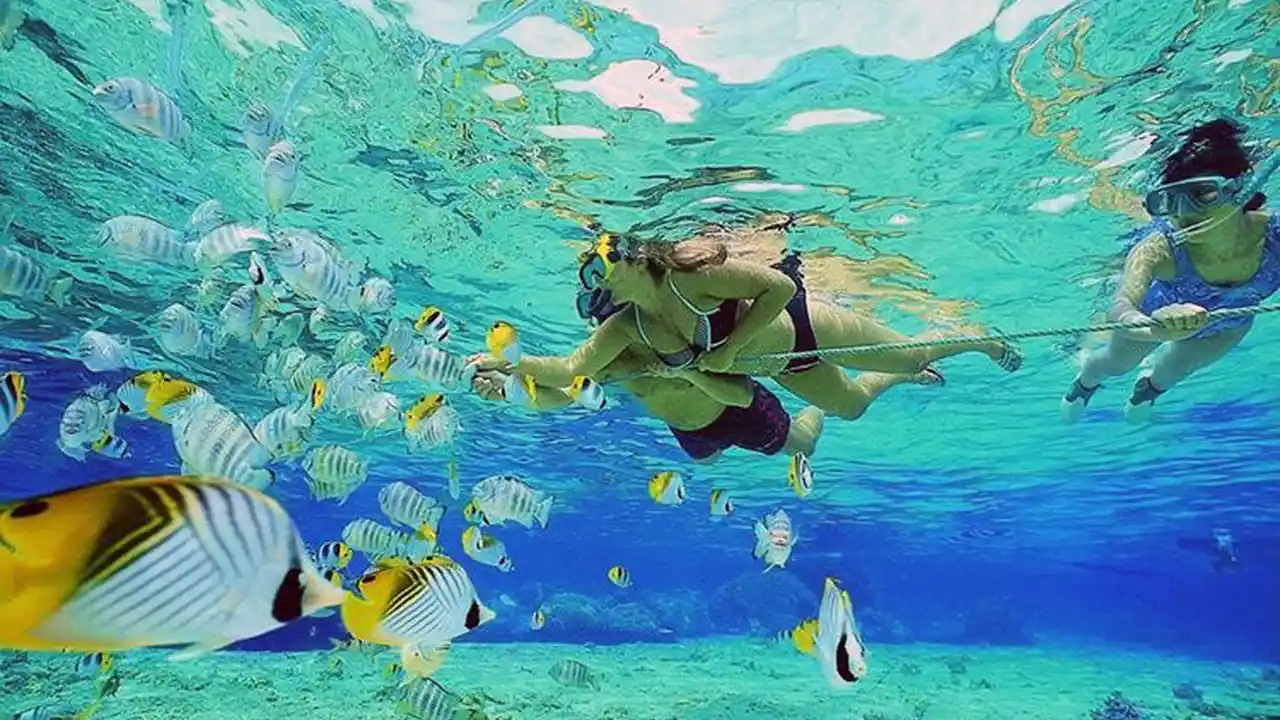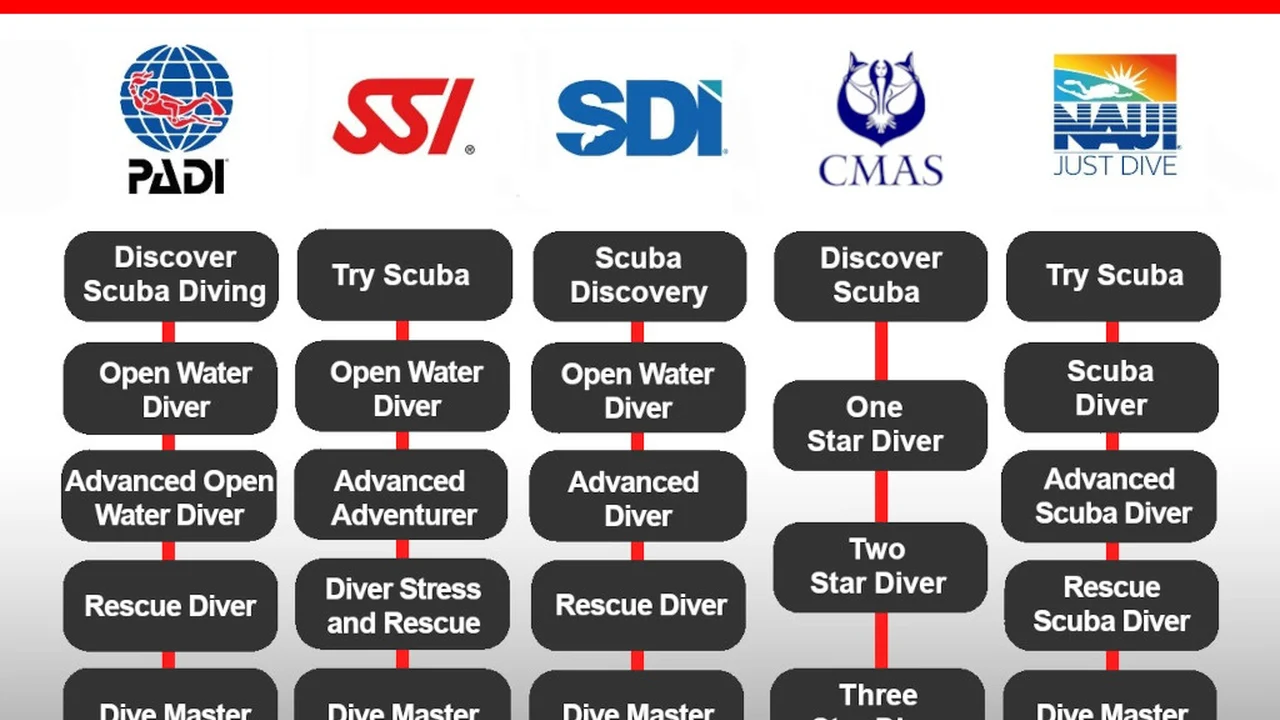Best Time to Kayak on the West Coast
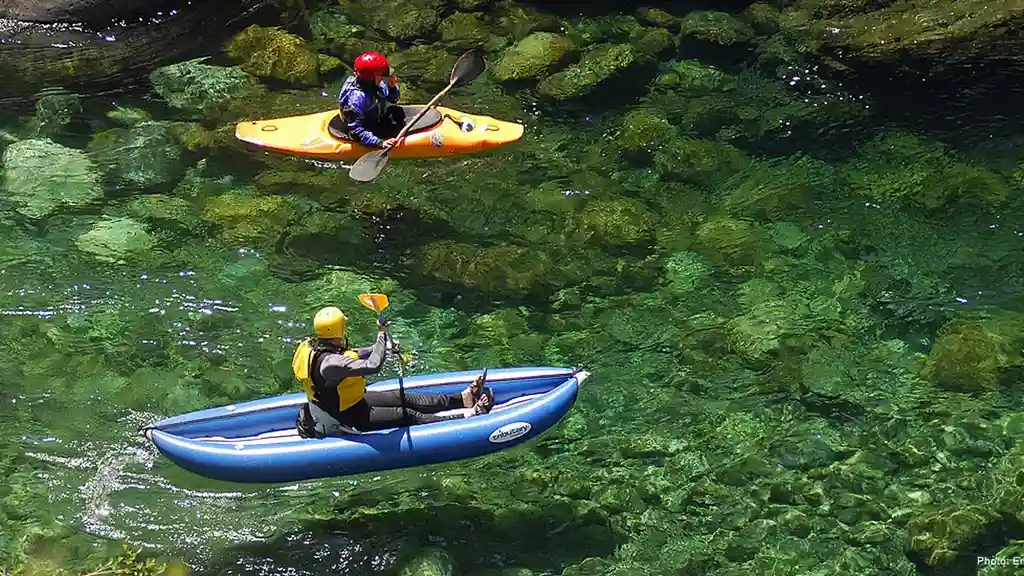
This article explores the best kayaking gear, ideal destinations, and crucial considerations for planning your West Coast kayaking adventure. From choosing the right kayak to understanding weather patterns and safety precautions, we cover everything you need for an unforgettable experience.
Choosing the Right Kayak for West Coast Waters
Selecting the perfect kayak is paramount for enjoying the diverse waters of the West Coast. The Pacific Ocean, bays, rivers, and lakes each demand different kayak characteristics. Let's delve into the key considerations and recommended kayak types.
Sit-on-Top vs Sit-Inside Kayaks for Coastal Kayaking
The debate between sit-on-top and sit-inside kayaks is a common one. Sit-on-top kayaks are generally more stable and easier to re-enter if you capsize, making them ideal for beginners and warmer waters. They are also self-bailing, meaning water drains out automatically. Sit-inside kayaks offer better protection from the elements, such as wind and spray, and are often faster and more efficient for longer distances. For the West Coast, which can experience choppy conditions and cooler temperatures, a sit-inside kayak might be preferable for experienced paddlers, particularly those venturing into open ocean. However, for calmer bays and lakes, a sit-on-top provides a more relaxed and accessible experience.
Inflatable Kayaks: Portability and Performance on the Pacific
Inflatable kayaks have come a long way in recent years. Modern inflatable kayaks are surprisingly durable and stable, thanks to advancements in materials and construction. They offer excellent portability, making them ideal for travelers or those with limited storage space. While not as fast or efficient as hard-shell kayaks, high-quality inflatable kayaks can handle moderate chop and are suitable for exploring calmer coastal areas, rivers, and lakes along the West Coast. Look for models with drop-stitch construction for increased rigidity and performance.
Touring Kayaks: Long-Distance Paddling on the West Coast
For serious kayakers planning multi-day trips or covering significant distances, a touring kayak is the best choice. These kayaks are designed for speed, efficiency, and comfort. They typically feature longer lengths, narrower beams, and rudders or skegs for improved tracking. Touring kayaks also offer ample storage space for gear and supplies. Investing in a high-quality touring kayak is essential for tackling the challenging currents and vast distances of the Pacific coastline.
Kayak Recommendations and Pricing
Here are a few specific kayak recommendations across different categories, along with estimated pricing:
* **Sit-on-Top:** Ocean Kayak Malibu Two XL (approx. $800 - $1000). A stable and versatile tandem kayak suitable for beginners and families. * **Sit-Inside:** Perception Carolina 12.0 (approx. $900 - $1200). A comfortable and efficient kayak for recreational paddling and day trips. * **Inflatable:** Advanced Elements AdvancedFrame Convertible Kayak (approx. $700 - $900). A high-performance inflatable kayak with excellent tracking and stability. * **Touring:** Eddyline Fathom LV (approx. $2500 - $3000). A lightweight and efficient touring kayak for experienced paddlers.Essential Kayaking Gear for the West Coast
Beyond the kayak itself, having the right gear is crucial for safety, comfort, and enjoyment. Here's a breakdown of essential kayaking gear for the West Coast:
Personal Flotation Device (PFD): Safety First on the Water
A PFD, or life jacket, is the single most important piece of kayaking gear. It's essential to choose a PFD that fits properly and is Coast Guard approved. Consider a kayaking-specific PFD with ample arm mobility for paddling. Always wear your PFD, regardless of your swimming ability or the water conditions.
Paddles: Choosing the Right Size and Material
Selecting the right paddle is crucial for efficient and comfortable paddling. Paddle length depends on your height and the width of your kayak. A general guideline is to hold the paddle vertically with the blade touching the ground. The grip should be at nose level. Paddle materials range from aluminum to fiberglass to carbon fiber. Carbon fiber paddles are the lightest and most efficient, but also the most expensive. Fiberglass paddles offer a good balance of performance and affordability.
Spray Skirts: Staying Dry in Cool Waters
A spray skirt is essential for sit-inside kayaks, especially in cooler waters or choppy conditions. It seals around the cockpit, preventing water from entering the kayak. Choose a spray skirt that fits snugly but is easy to release in case of capsize. Neoprene spray skirts offer the best insulation and water resistance.
Dry Bags: Protecting Your Valuables
Dry bags are essential for keeping your valuables safe and dry. Choose waterproof dry bags in various sizes to protect your phone, wallet, camera, and extra clothing. Roll-top dry bags are the most common and reliable.
Wetsuits and Drysuits: Staying Warm in Cold Water
The water temperature on the West Coast can be surprisingly cold, even in summer. A wetsuit or drysuit is essential for staying warm and comfortable, especially during longer paddles or in exposed areas. Wetsuits trap a thin layer of water against your skin, which is then warmed by your body heat. Drysuits provide complete waterproof protection and are ideal for extremely cold conditions.
Sun Protection: Protecting Yourself from the Elements
Even on cloudy days, the sun's rays can be intense on the water. Wear a hat, sunglasses, and sunscreen with a high SPF to protect yourself from sunburn and glare. Reapply sunscreen frequently, especially after being in the water.
Navigation Tools: Staying on Course
A waterproof map and compass are essential for navigating unfamiliar waters. Consider a GPS device for added accuracy and convenience. Learn how to use these tools effectively before heading out on the water.
Safety Whistle: Signaling for Help
A safety whistle is a simple but essential piece of safety gear. It can be used to signal for help in case of emergency. Attach the whistle to your PFD for easy access.
Kayak Cart: Transporting Your Kayak with Ease
A kayak cart can make transporting your kayak much easier, especially if you have a long walk from your car to the water. Choose a cart that is designed for your kayak type and the terrain you will be traversing.
Gear Recommendations and Pricing
Here are a few specific gear recommendations, along with estimated pricing:
* **PFD:** NRS Chinook Fishing PFD (approx. $120 - $150). A comfortable and versatile PFD with ample storage pockets. * **Paddle:** Werner Camano Fiberglass Paddle (approx. $250 - $300). A high-quality fiberglass paddle with excellent performance. * **Spray Skirt:** Seals Tropical Tour Neoprene Spray Skirt (approx. $150 - $200). A durable and waterproof neoprene spray skirt. * **Dry Bag:** Sea to Summit Lightweight Dry Sack (approx. $20 - $40). A lightweight and durable dry bag in various sizes. * **Wetsuit:** O'Neill Reactor II 3/2mm Wetsuit (approx. $150 - $200). A versatile wetsuit suitable for a range of water temperatures. * **Drysuit:** Kokatat Hydrus 3.0 Meridian Drysuit (approx. $800 - $1000). A high-quality drysuit for extreme cold conditions. * **Sunglasses:** Costa Del Mar Fantail Polarized Sunglasses (approx. $200 - $300). Polarized sunglasses to reduce glare and protect your eyes.Top Kayaking Destinations on the West Coast
The West Coast boasts a diverse range of kayaking destinations, from serene lakes to rugged coastlines. Here are a few of the top spots:
Monterey Bay, California: Wildlife Encounters and Scenic Beauty
Monterey Bay is a world-renowned kayaking destination, famous for its abundant marine wildlife, including sea otters, seals, dolphins, and whales. Kayaking in Monterey Bay offers the opportunity to get up close and personal with these amazing creatures. The calm waters and sheltered coves make it suitable for kayakers of all skill levels. Consider a guided tour for the best wildlife viewing opportunities.
Channel Islands National Park, California: Island Adventures and Sea Caves
Channel Islands National Park, often referred to as the "Galapagos of North America," offers unparalleled kayaking opportunities. Explore sea caves, paddle along dramatic cliffs, and encounter unique wildlife, including island foxes and endemic bird species. Kayaking around the Channel Islands requires careful planning and consideration of weather conditions. Experienced kayakers can embark on multi-day expeditions, while beginners can enjoy shorter trips in protected areas.
Puget Sound, Washington: Exploring Islands and Inlets
Puget Sound is a vast network of waterways, islands, and inlets, offering endless kayaking possibilities. Explore the San Juan Islands, paddle through the scenic Deception Pass, or venture into the remote Olympic Peninsula. Puget Sound is known for its stunning scenery, abundant wildlife, and challenging currents. Be sure to check tide charts and weather forecasts before heading out on the water.
Desolation Sound, British Columbia: Warm Waters and Stunning Scenery
Desolation Sound, located in British Columbia, is renowned for its warm waters, stunning scenery, and abundant wildlife. Explore secluded coves, paddle through crystal-clear waters, and enjoy breathtaking views of the surrounding mountains. Desolation Sound is a popular destination for multi-day kayaking trips. Be sure to pack plenty of food and water, and be prepared for changing weather conditions.
Oregon Coast: Rugged Beauty and Challenging Conditions
The Oregon Coast offers a unique and challenging kayaking experience. Explore dramatic cliffs, paddle through sea stacks, and encounter seals and seabirds. The Oregon Coast is known for its rugged beauty and unpredictable weather. Be prepared for strong winds, currents, and waves. Experienced kayakers can embark on challenging expeditions, while beginners can enjoy shorter trips in protected bays and estuaries.
Safety Considerations for West Coast Kayaking
Kayaking on the West Coast can be a rewarding experience, but it's essential to prioritize safety. Here are some key safety considerations:
Weather Awareness: Checking Forecasts and Conditions
The weather on the West Coast can change rapidly. Always check the weather forecast before heading out on the water, and be prepared for changing conditions. Pay attention to wind speed, wave height, and visibility. Avoid kayaking in strong winds, rough seas, or fog.
Tidal Currents: Understanding Their Impact
Tidal currents can be strong in many areas of the West Coast. Learn how to read tide charts and understand the impact of tidal currents on your paddling route. Avoid kayaking against strong currents, and be aware of the potential for eddies and whirlpools.
Navigation Skills: Using Maps and Compasses
Proper navigation skills are essential for safe kayaking. Learn how to use a map and compass to navigate unfamiliar waters. Consider a GPS device for added accuracy and convenience. Always let someone know your planned route and estimated return time.
Hypothermia Prevention: Dressing Appropriately
Hypothermia is a serious risk in cold water. Dress appropriately for the water temperature, and wear a wetsuit or drysuit if necessary. Avoid cotton clothing, which can trap moisture and make you colder. Carry extra layers of clothing in a dry bag.
Self-Rescue Techniques: Practicing Essential Skills
Learn basic self-rescue techniques, such as wet exiting, assisted rescues, and rolling. Practice these techniques in a controlled environment before heading out on the water. Consider taking a kayaking safety course from a certified instructor.
Wildlife Awareness: Respecting Marine Life
The West Coast is home to a diverse array of marine wildlife. Respect marine life by keeping a safe distance and avoiding disturbance. Do not feed wild animals. Be aware of potential hazards, such as jellyfish and sharks.
Emergency Preparedness: Carrying Essential Supplies
Carry essential emergency supplies, such as a first-aid kit, a signaling device (whistle, flare), a knife, and a repair kit. Know how to use these supplies in case of emergency. Consider carrying a personal locator beacon (PLB) for added safety in remote areas.
Kayak Rental and Tour Options on the West Coast
For those who don't own a kayak or prefer a guided experience, numerous rental and tour options are available along the West Coast. Here are a few examples:
Monterey Bay Kayaks: Guided Tours and Rentals
Monterey Bay Kayaks offers guided tours and rentals in Monterey Bay, California. They provide a variety of tours, including wildlife viewing tours, sunset tours, and custom tours. They also offer kayak rentals for experienced paddlers.
Channel Islands Adventure Company: Kayak Tours in Channel Islands National Park
Channel Islands Adventure Company offers kayak tours in Channel Islands National Park, California. They provide guided tours to various islands, including Santa Cruz Island and Anacapa Island. They also offer kayak rentals for experienced paddlers.
Sea Quest Kayak Tours: Kayak Tours in Puget Sound
Sea Quest Kayak Tours offers kayak tours in Puget Sound, Washington. They provide guided tours to the San Juan Islands, the Olympic Peninsula, and other scenic locations. They also offer kayak rentals for experienced paddlers.
Ecomarine Paddlesport Centres: Kayak Rentals and Lessons in Vancouver
Ecomarine Paddlesport Centres offers kayak rentals and lessons in Vancouver, British Columbia. They provide a variety of kayaks for rent, including sit-on-top kayaks, sit-inside kayaks, and tandem kayaks. They also offer kayaking lessons for all skill levels.
West Coast Kayaking: A Rewarding Adventure
Kayaking on the West Coast offers a unique and rewarding adventure. From exploring stunning coastlines to encountering amazing wildlife, the West Coast provides endless opportunities for kayakers of all skill levels. By choosing the right kayak and gear, understanding safety considerations, and exploring the diverse destinations, you can create an unforgettable kayaking experience.
:max_bytes(150000):strip_icc()/277019-baked-pork-chops-with-cream-of-mushroom-soup-DDMFS-beauty-4x3-BG-7505-5762b731cf30447d9cbbbbbf387beafa.jpg)



